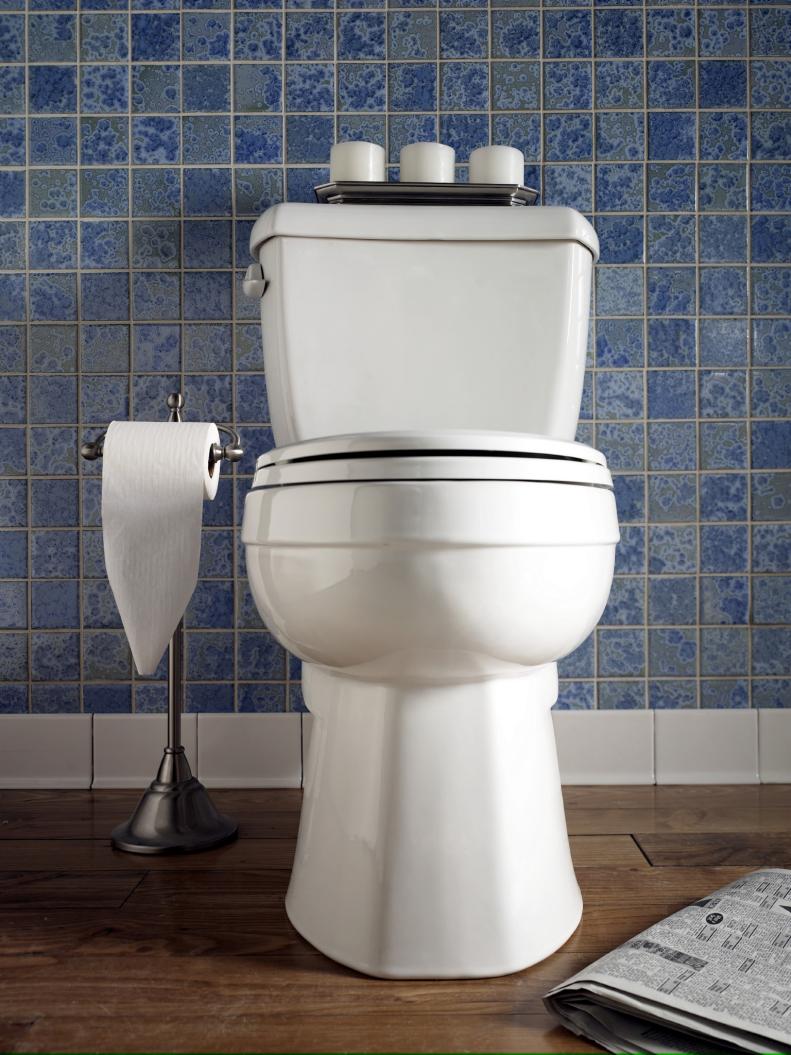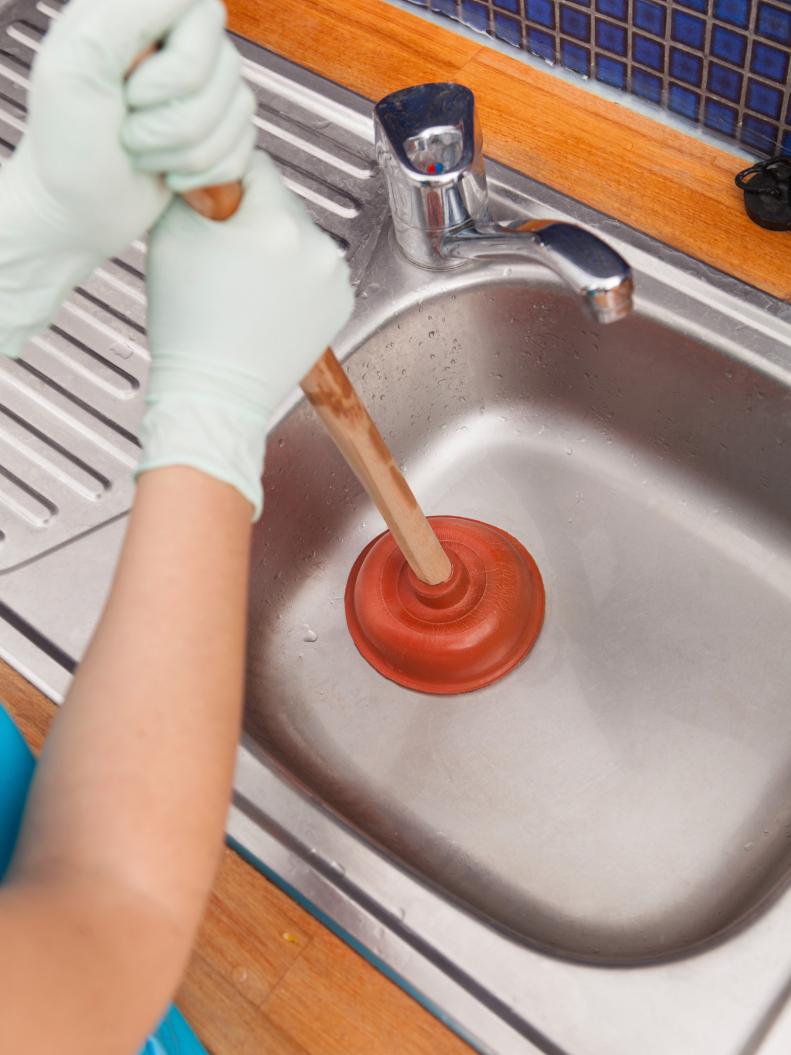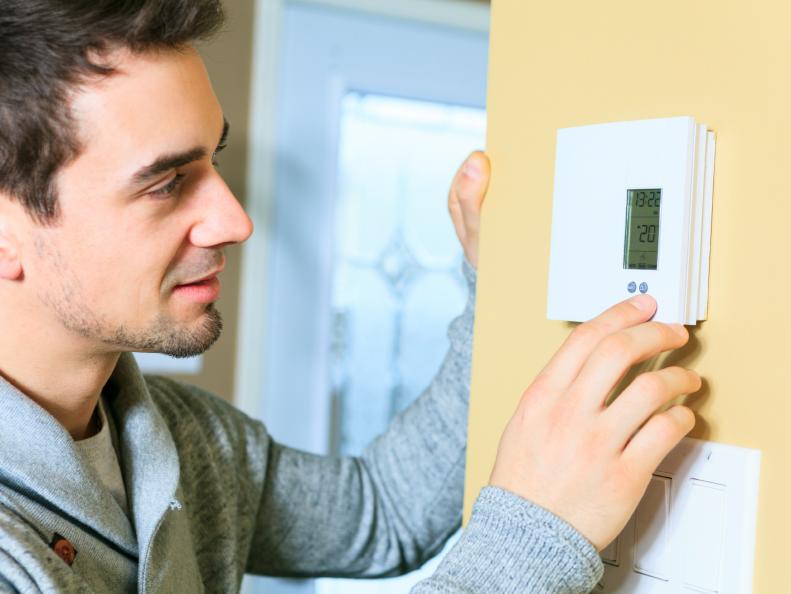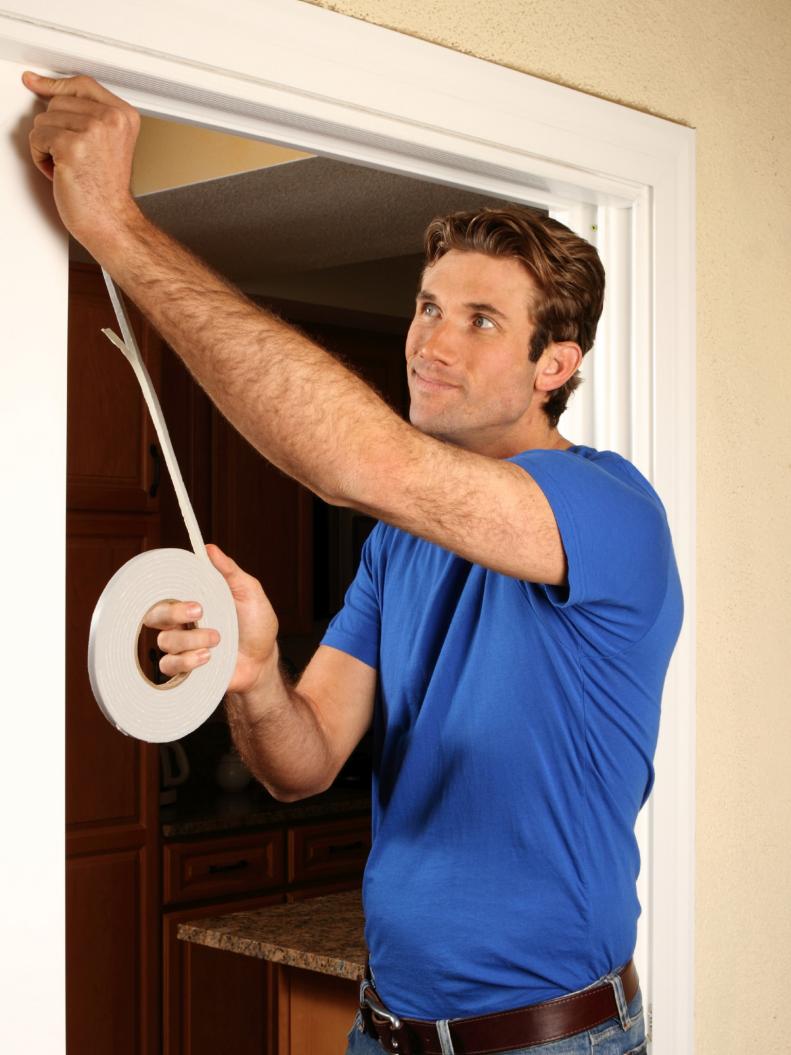1 / 20
Photo: ©iStockphoto.com/MilesSherrill
Fix a Running Toilet
If your toilet is running water nonstop, it’s a must-fix situation or else your water bill will wash you away. So it’s a good idea to get acquainted with what you see when you lift the top of the toilet tank (it’s called the flush valve assembly, by the way). Sometimes the fix is as simple as repositioning a part of the assembly, but if that doesn’t solve your problem, you may need to replace it.









